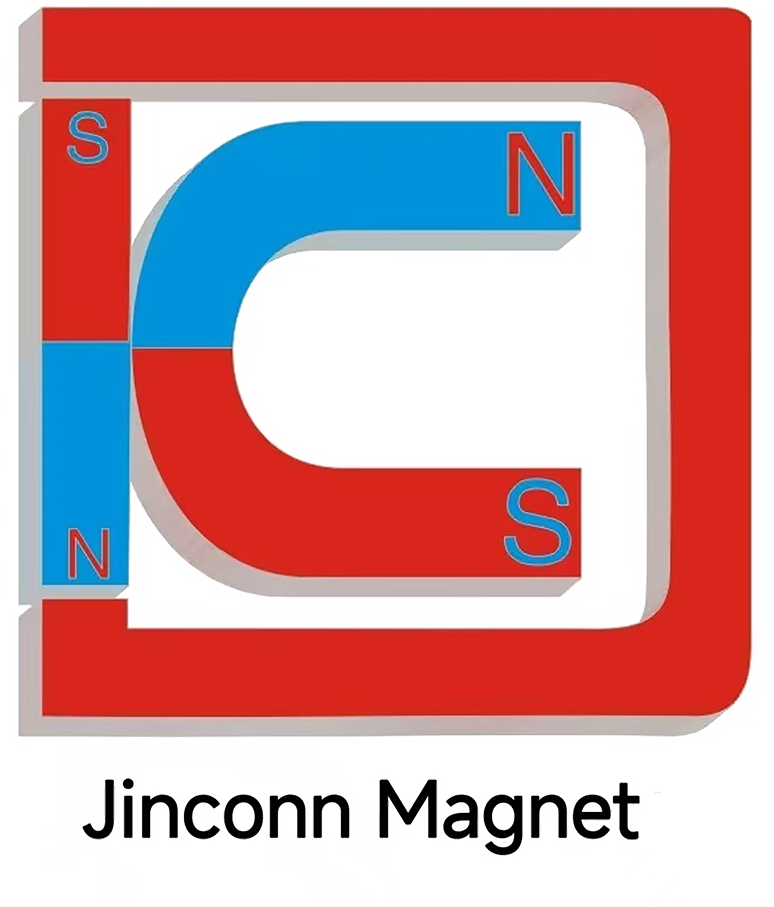Strong Stability and Adhesion: The Secret to Long-Lasting Magnetic Solutions
Strong Stability and Adhesion: The Secret to Long-Lasting Magnetic Solutions
As the role of magnets expands into more demanding industries—from environmental protection and robotics to aerospace and marine equipment—the requirements for their durability and effectiveness continue to rise. Today, two critical features, strong stability and strong adhesion, have emerged as defining traits in the evolution of magnetic materials and surface coating technologies.
Why Strong Stability Matters
Strong stability in magnets is essential for applications where performance must remain consistent over extended periods and under varying operational stresses. For instance, magnets used in magnetic separation, industrial automation, or high-precision magnetic parts must resist changes in strength and orientation, regardless of temperature fluctuations or mechanical shock.
Modern engineering approaches focus on combining high coercivity with high temperature resistance to provide magnets with strong stability. Custom magnet solutions available today integrate advanced surface coatings that maintain performance even in high-stress environments. This ensures that the magnets remain reliable, not only during standard operations but also when exposed to challenging conditions such as high humidity or aggressive chemicals.
The Role of Strong Adhesion in Coating Longevity
A breakthrough in recent years has been the development of coatings with exceptional strong adhesion to the magnet’s surface. Without strong adhesion, even the most innovative anti-corrosion coatings can fail, leading to premature magnet degradation. Advanced coatings are now engineered for both corrosion resistance and high temperature resistance, ensuring they bond firmly to the substrate and remain effective throughout the magnet’s service life.
This dual focus on strong stability and strong adhesion is especially critical in industries such as automotive, electric vehicles, and marine applications, where magnets are exposed to a combination of mechanical vibration, temperature swings, and corrosive environments.
Enabling High Performance in Custom Magnet Solutions
Custom magnet solutions available from leading manufacturers incorporate these advances to address specific industry needs. For example, in the field of renewable energy, wind turbine magnets are designed for strong stability and enhanced surface adhesion, enabling them to withstand harsh offshore conditions. In robotics and medical devices, magnets with high coercivity and robust coatings offer both precision and long-term dependability.
Moreover, these custom solutions also ensure that magnets possess high temperature resistance and corrosion resistance, addressing multiple challenges simultaneously. As a result, users benefit from lower maintenance costs and fewer failures, enhancing overall productivity and safety.
The Future: Combining Stability, Adhesion, and Innovation
The next wave of innovation will likely see even more integration of advanced material science, with magnets offering not only high temperature resistance and strong adhesion but also new forms of smart functionality, such as self-healing coatings or built-in sensors.
By continuing to emphasize strong stability and adhesion, the magnetic industry is poised to deliver solutions that meet the most demanding requirements of tomorrow’s technologies.




Jinconn WeChat









